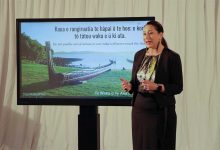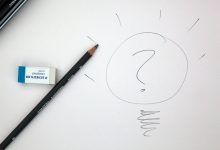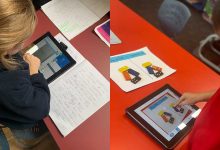Op-Ed: In pursuit of ora
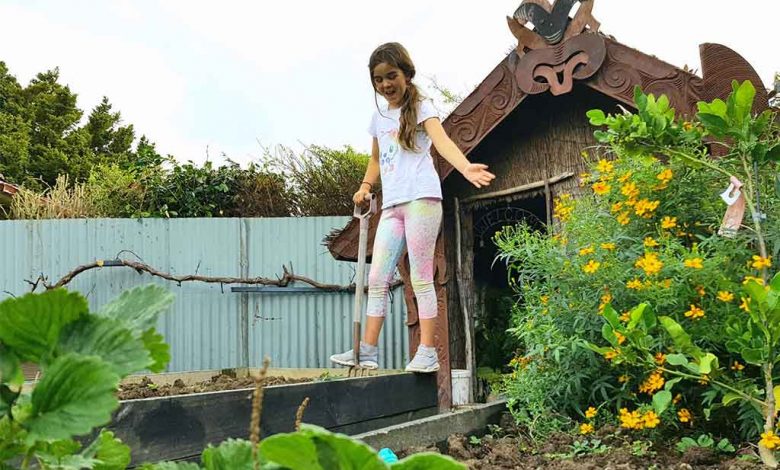
This blog is about my approach to life, wellbeing, and ora. What I share is my personal understanding, and the understanding of those who have shared knowledge with me.
Some information comes from the study of Māori health at university. The blog is designed as a taster, hopefully highlighting aspects of ora for you to consider for yourself and those around you.
ora
- (verb) to be alive, well, safe, cured, recovered, healthy, fit, healed.
Ora means to be alive and to be well. We all want to feel a state of ora for ourselves and for those around us. It’s something that we strive for. But ora can be elusive. Some days when we wake up we are in a natural state of ora. On other days we can’t see a glimpse of it. Life can be hard, sometimes dark. We are alive but we aren’t always well.
The pursuit of ora is very real in my own world. Family members live with schizophrenia and bi-polar disorder. I have a cheery and positive disposition and I also experience anxiety. I live the whole spectrum of wellness in a very real way.
When I’m not feeling well I have to push through and take actions that will help me back to a state of ora. I take a holistic approach using strategies to support myself physically, mentally and spiritually. I carry out deliberate acts that I know will shift my energy.
When I’m pursuing ora I often draw from te ao Māori (the Māori worldview).
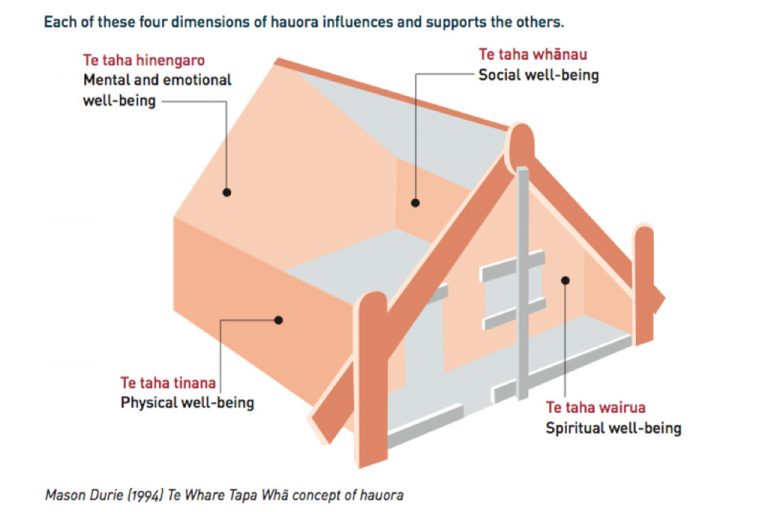
Te Whare Tapa Whā is a Māori model of health developed by Sir Mason Durie that focuses on four dimensions of wellbeing:
- taha tinana (physical wellbeing)
- taha hinengaro (mental wellbeing)
- taha wairua (spiritual wellbeing)
- taha whānau (family wellbeing).
A wharenui is used to illustrate Te Whare Tapa Whā with each side, or cornerstone, of the wharenui representing a wellbeing dimension. If one of the four dimensions is missing or damaged, a person may become ‘unbalanced’ and subsequently unwell.
I use Te Whare Tapa Whā as a gauge for my own wellbeing; to reflect on my waiora (health, soundness). I view each wellbeing dimension as a kete that needs to be filled. If I feel low, flat, or unwell then I look to my four kete to see which of them needs replenishing. Over the years I have identified things that I can do to top up each kete.
Taha tinana, physical wellbeing
I’m unfit and overweight which sometimes takes a toll on my physical wellbeing.
Walking is something that I do to gain a sense of physical strength and wellness. Walking is especially helpful when I’m stressed and busy, or after a big meeting. It empowers me and at the same time it grounds me. I don’t know if it is a spiritual or chemical thing, but something really shifts in me after a walk.
Taha hinengaro, mental wellbeing
Our beings are filled with the demands of work and whānau which can sometimes be overwhelming.
I love my job but it can sometimes consume me and take a toll on my mental wellbeing. There are moments when it feels like my ora is getting chomped down by Pac-Man. When I feel like this I need to deliberately switch off and activate some taha hinengaro boundaries.
- If I have too many back to back meetings then I calendar in a half hour break. I make that an important part of my working day.
- When I feel like my mind is overloaded with mahi I give myself permission to switch off for a little while. I put my work away and have a break.
- At night I consciously deactivate and rest my work brain so that I am ready to go again in the morning.
It’s all about scheduling and making time for wellness.
Caring for our hinengaro is especially important for our tumuaki and kaiako who carry an enormous workload in schools, kura and centres throughout Aotearoa.
Taha wairua, spiritual wellbeing
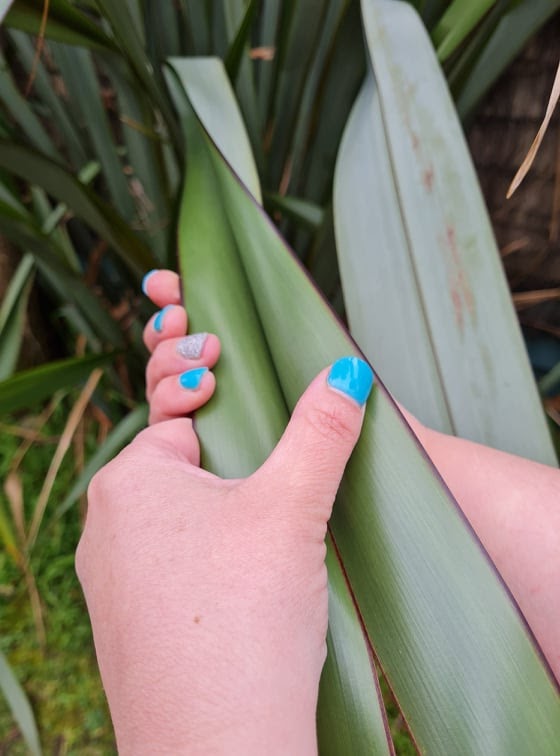
I boost my taha wairua in a range of ways.
- I get out in nature.
- I weave if I find time. Touching harakeke makes my wairua feel ora.
- I listen to music and taonga pūoro (traditional musical instruments). I also sing mōteatea (a centuries-old tradition of chanted song-poetry) which connects me with the depth of my culture.
- I love podcasts and listening to them are part of my Saturday morning routine and a great way to transition from a busy week.
- I take time to pause and participate mindfully in karakia.
These acts draw me to a special place. They shift my energy and bring solace and comfort.
Taha whānau, family wellbeing
My waiora is impacted by the health of my whānau. I can do all these things to lead me to a state of ora but I can’t escape the ‘mum thing’ where I think about the ora of others.
I struggle when my kids and loved ones are struggling. My best heightened sense of whānau ora is when those I love are in a state of ora.
COVID-19 has brought added pressures to whānau. Pursuing ora has become more challenging for us all because some of our usual coping strategies are not readily available. But there are silver linings. My whānau has dug deep and found other ways to feel good.
- We have pursued spaces that are good and healthy to shift the energy.
- We have also taken time to practice gratitude and acknowledge how blessed we are.
Sometimes the pursuit of ora is hard. There are moments when I sit for a while in the uncomfortable space of not feeling mentally, physically, or emotionally well. But I have learned that it passes. The small actions that I can take to fill my four wellbeing kete bring me hope, peace, and calm. I know that I will eventually return to a state of ora if I hang in there.
My pursuit of ora is unique to me. What fills my kete might not fill yours. I encourage you to reflect on the wellbeing dimensions of Te Whare Tapu Whā and consider what actions you can take that will fill your kete and lead you to a state of ora.
References
Durie, M., 2017. Māori Health Models – Te Whare Tapa Whā. [online] Ministry of Health. Available at: <https://www.health.govt.nz/our-work/populations/maori-health/maori-health-models/maori-health-models-te-whare-tapa-wha> [Accessed 22 September 2020].







